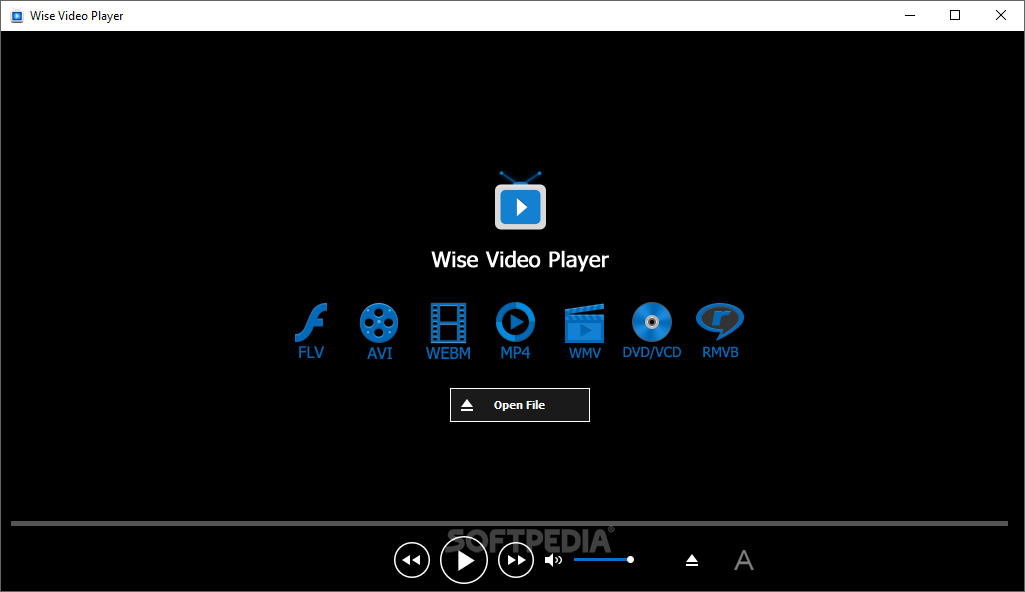
It simply would not open when I inserted a disk, and when I selected the disk from the Media menu within VLC, the disk would not play. I did that, but for some reason, there came a point where I could no longer play a DVD in VLC. I did a lot of Googling, and found that setting output to DirectX might help. I guess it was the micro-stutter that was causing the drop in picture clarity. The picture wasn't as sharp, and there appeared to be constant 'micro-stutter'. I could have lived without the transport controls, but I began to notice that the video quality for (commercially produced) DVD's was not as good as it was with Media Player.


I played with all of the settings, but could not get that bar to appear as it should have (when the mouse cursor is near the bottom of the screen). I could hit the spacebar to pause, but could not advance or rewind, or see how much of the video was remaining.

I could never get the transport controls to show while in full-screen mode. Unfortunately, my experience with VLC on Windows 10 is not so great.įor one thing, I find its UI kind of clunky. After all, it's the most popular free media player out there. I used it on Ubuntu, and was fairly satisfied with it, so I figured it would be a good choice for Windows 10. So, I downloaded and installed the free VLC media player. While it does appear that there is a version available in the Microsoft store, I read that it is not so great. It appears that Windows 10 has 'matured', and Microsoft has been listening to what users are saying.īut there is one thing I really miss in Windows 10 Windows Media Player.

So far, I am pretty happy with the OS much more so than when I first installed 10 as a 2nd OS in a multiple boot system (sharing with Win 7 & Ubuntu). I migrated from Windows 7 (ultimate) to Windows 10 (pro) on Jan 1.


 0 kommentar(er)
0 kommentar(er)
